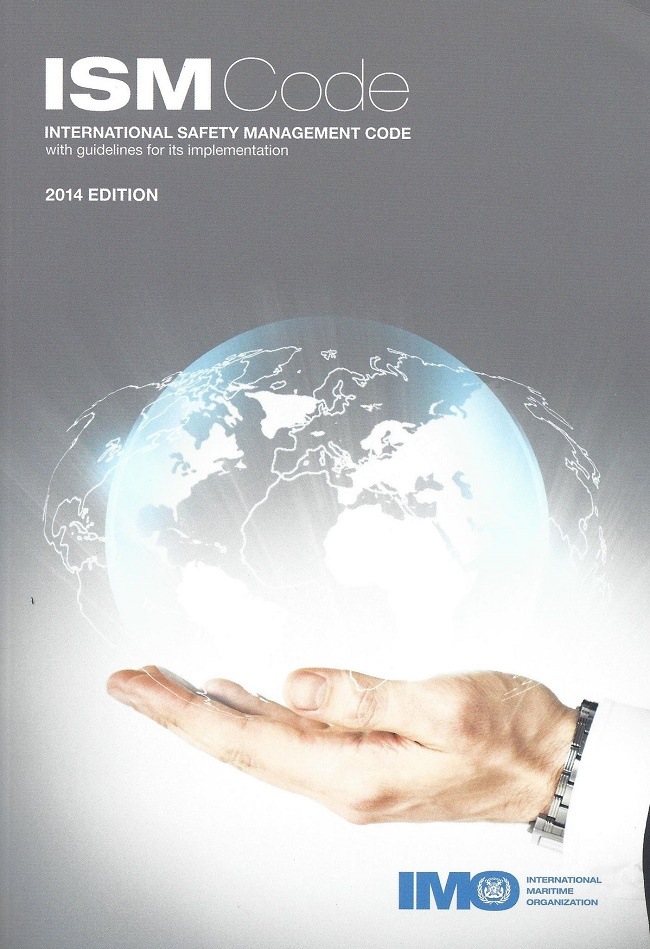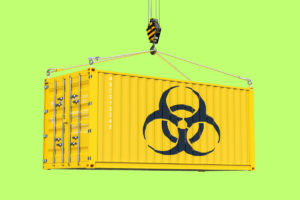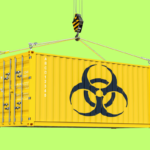What is International Safety Management Code or ISM Code for Ships?
The ISM Code was adopted in 1993 by resolution A.741(18) and entered into force on 1 July 1998. The 1994 amendments to the SOLAS Convention introduced Chapter IX into the Convention regarding the management of the safe operation of ships.
The 2000 and 2004 amendments to the code were brought by the resolution MSC.104(73) and resolution MSC.179(79).
Since ships operate in various conditions, the code has several provisions and guidelines concerning the ship’s safety and pollution prevention. State administrations, ship owners, classification societies and maritime industry organizations are expected to abide by these provisions.
What is the ISM Code?
Known as the International Safety Management Code, the ISM Code is a required marine industry regulation.
Since 1994, it has been a vital component of the SOLAS Convention (Safety of Life at Sea). This year, this code was formally adopted and integrated as a part of the SOLAS Convention.

In other words, it can also be highlighted that the ISM Code Shipping is an intrinsic part of the International Maritime Organisation’s (IMO) efforts to ensure, maintain, and effectuate safety for seafarers and prevent pollution.
The code highlights that in matters of safety, individuals’ efforts, competence and motivation help achieve a positive result.
The objectives of the Code are to ensure safety at sea, prevent human injury, ensure personnel safety, and avoid damage to the environment, especially to the marine environment.
It can be said that the code focuses on bringing marine safety to a common platform for vessels of all nationalities by laying down certain safeguards, general principles and objectives.
This eliminates any discrepancies in the maintenance of a much-needed safety protocol. The code applies to all vessels, including oil tankers, chemical tankers, cargo ships, gas carriers, bulk carriers, passenger ships and offshore structures.
It is explained and applicable broadly, so it has a wide-ranging application. However, the cornerstone of good safety management comes from the shipowners and the top stakeholders.
For instance, the safety management objectives of the company should prioritise safe working environment practices for operating ships.
Company verification and evaluation include the assessment of all identified risks, hazards and technical systems, ensuring the training of the personnel and conducting a safety management audit, inspections and drills at appropriate intervals. This incorporates internal audits and management reviews, which are company responsibilities.
International Safety Management Code
The International Management Code provides an international standard for the management and operation of ships and pollution prevention. Its origins date back to the late 1980s, when there was a growing concern about lax management standards in the maritime sector.
According to the provisions of this Code, all ships must follow this code. To execute its proper functionality, the International Safety Management Code is supported by a Safety Management System.
This system, abbreviated as SMS, details the various requirements that need to be followed like
– Establishment of a managerial committee to oversee the various proceedings
– Ensure that the managerial officers carry out their outlined duties appropriately
– Corroborate the differences between the outlined responsibilities and the actual performance to resolve them
– Audit the vessel – both internally and externally, to eliminate all possibilities of safety problems
The latter aspect comes under the ambit of the Planned Maintenance System. Every shipping corporation is expected to conduct auditory analyses of its safety management system and enforce the same wherever lacking.
While the company carries out the internal safety audits, the external auditing is carried out every two to three years by the country’s officials to which the vessel is registered.
If the vessel has successfully incorporated all the safety requirements, then the officials issue it with a Certification of Safety Management or the Safety Management Certificate, which brings the entire process chain to a fruitful completion.
Safety Management System
A company’s safety management system ensures compliance with the rules and guidelines of the ISM. The requirement of this code is applied to all kinds of ships and highlights the company’s environmental protection policy.
It is a structured and well-documented system that enables company personnel to implement the company’s safety and environmental policies, making it an essential component of its functioning.
Also, a compliance document is issued to each company that complies with this code’s requirements. All valid documents must be available at relevant offices, and obsolete documents can be removed.
A Company here means the owner of the ship or any organization, such as a manager or the bareboat charterer, who has the responsibility for the ship’s operation from the shipowner.
Administration refers to the state government whose flag the vessel flies, and so it abides by that state legislation and international norms.
A company should ensure that the master and crew are qualified enough and well-informed about the company’s SMS. They should have an adequate understanding of relevant rules and guidelines before sailing. They can also ask for the company’s assistance if needed. The company should give training and appropriate orders to support the SMS in the working language.
The ship should be maintained well to remain seaworthy, and other requirements must be fulfilled. A company is said to flout the guidelines and provisions in the case of non-fulfilment of a specified requirement. In case of a major non-conformity, its possible cause should be outlined.
The company should record the authority and interrelation of all personnel responsible for the ship’s safety and pollution prevention.
The company should ensure that all its ships have medically fit seafarers. Another important guideline is to have constant lines of communication between onshore and shipboard personnel for reporting essential matters. The company should provide adequate resources and necessary support so that the designated people can carry out their tasks efficiently.
Also, new personnel and those transferred to new assignments should be given proper training and must be familiar with their duties. The Revised 2015 ISM Code mentions that the various tasks should be well-defined and given to only well-qualified personnel.
Frequently Asked Questions
1. What is the ISM Code?
The International Management Code for the safe operation of ships is a management system implemented to ensure the safety of life and property at sea and the marine environment protection from pollution.
2. What are the objectives of the ISM Code?
The code has many objectives, such as ensuring the safety of life at sea, preventing injury to human beings and loss of lives, and avoiding any harm to the environment and property.
3. What is the role of seafarers in the ISM code?
The seafarers must be aware of the code’s provisions and try their best to abide by the prescribed rules and regulations and the Safety management rules of the company they work for.
4. Is MARPOL Part of the ISM Code?
The International Safety Management Code includes all the international conventions such as the SOLAS 74, MARPOL 73/78, etc. ISM brings them together at a single platform and incorporates them into the working schedule of vessels and the daily functioning of the industry.
5. What is the latest version of the ISM Code?
The ISM Code is periodically amended to include new provisions or guidelines. The ISM CODE 2018 Edition is the latest by resolution A. 788 (19).
You might also like to read
- 5 Important Drains in the Ship’s Engine Room
- Should Ships Help Migrants At Sea? – A Captain’s Perspective
- What is Harmonised Survey System for Ships?
- Liquified Natural Gas (LNG) as Fuel for The Shipping Industry
- A Guide To Scrubber System On Ship
Disclaimer: The author’s views expressed in this article do not necessarily reflect the views of Marine Insight. Data and charts, if used, in the article have been sourced from available information and have not been authenticated by any statutory authority. The author and Marine Insight do not claim it to be accurate nor accept any responsibility for the same. The views constitute only the opinions and do not constitute any guidelines or recommendations on any course of action to be followed by the reader.
The article or images cannot be reproduced, copied, shared or used in any form without the permission of the author and Marine Insight.

About Author
Raunek Kantharia is a marine engineer turned maritime writer and entrepreneur. After a brief stint at the sea, he founded Marine Insight in 2010. Apart from managing Marine Insight, he also writes for a number of maritime magazines and websites.
Do you have info to share with us ? Suggest a correction
Latest Maritime law Articles You Would Like:
Latest News
- What are Logistics Risks?
- How Port and Terminal Operators Can Control Emissions?
- Minimum Quantity Commitment (MQC) and Liquidated Damages in Container Shipping: Concept and Relevance
- MARPOL (The International Convention for Prevention of Marine Pollution For Ships): The Ultimate Guide
- The Ultimate Shipping Container Dimensions Guide
- A Comprehensive Overview of IMDG Code for Shipping Dangerous Goods
Subscribe To Our Newsletters
By subscribing, you agree to our Privacy Policy and may receive occasional deal communications; you can unsubscribe anytime.















